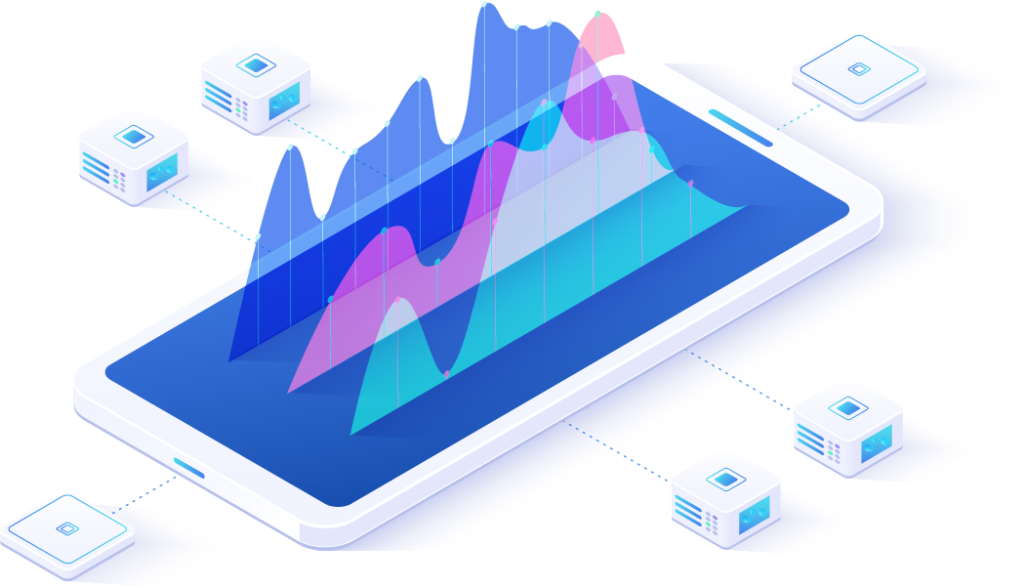Toronto's Most Affordable App Development Shop
- 180 John St. Toronto, ON M5T 1B3, Canada
- +1 (800) 330-6070
- hello@buildmeapp.io
Follow us
8 steps to master Minimum Viable Product development
- May 27, 2023
Introduction
In today’s fast-paced business environment, innovation and speed-to-market are key factors in staying ahead of the competition. Companies need to deliver products and services that meet the ever-evolving needs of their customers, and they need to do it quickly. This is where the concept of Minimum Viable Product (MVP) comes into play. MVP development is a popular approach in product development, especially in the app development industry. It involves creating a basic version of a product with only enough features to satisfy early adopters and gather feedback. This approach allows businesses to test their product in the market with minimum resources and then iterate and improve it based on customer feedback.
Many businesses are turning to minimum-viable product services to help them develop their MVPs. These services offer a range of expertise, including market research, product strategy, and development. They can help businesses identify their target audience, prioritize their features, create a prototype, and test their MVP with early adopters. This can save businesses time and resources in the early stages of development while providing valuable feedback to guide the product’s evolution. App development services are also crucial in MVP development. As the market becomes increasingly mobile-focused, businesses need to create apps that deliver value to their users. App development services can help businesses create an MVP that is optimized for mobile devices, user-friendly, and scalable.
In this blog post, we will provide eight steps to master MVP development. We will explore how businesses can define their goals, identify their target audience, prioritize their features, create a prototype, test their MVP, launch it, iterate and improve it. We will also discuss how minimum viable product services and app development services can help businesses achieve their goals faster and with more efficiency. By the end of this post, you will have a solid understanding of how to develop an effective MVP and the tools available to help you achieve success.
Step 1: Define Your Goal

Before you start developing your MVP, it’s essential to define your goal. What problem are you trying to solve, and how will your MVP address it? What is the desired outcome of your MVP? Having a clear goal will help you stay focused and avoid feature creep, which can lead to an overly complex product.
Step 2: Identify Your Target Audience

Once you’ve defined your goal, the next step is to identify your target audience. Who is your product for, and what are their needs and pain points? Understanding your target audience will help you create an MVP that meets their specific needs and preferences.
Step 3: Prioritize Your Features

With a clear goal and target audience in mind, you can now prioritize your features. Identify the essential features that will solve your target audience’s problem and deliver the desired outcome. Remember, your MVP should only include the minimum set of features required to deliver value to your users.
Step 4: Create a Prototype

With your features prioritized, you can now create a prototype of your MVP. The prototype should be a simple, functional version of your product that demonstrates its core features. This prototype will serve as the foundation for your MVP.
Step 5: Test Your Prototype

Once you have a prototype, you should test it with your target audience. Gather feedback and identify any issues or areas for improvement. Use this feedback to refine your prototype and iterate until you have a version that meets your target audience’s needs.
Step 6: Develop Your MVP

With your prototype tested and refined, you can now develop your MVP. Remember to focus on the essential features that solve your target audience’s problem and deliver the desired outcome. Keep it simple and avoid feature creep.
Step 7: Launch Your MVP

Once your MVP is ready, it’s time to launch it. Start small and target early adopters. Gather feedback and use it to improve your product. As you gain more users and feedback, you can iterate and add new features.
Step 8: Iterate and Improve

The final step is to iterate and improve your MVP. Use the feedback you gather from your users to identify areas for improvement and new features to add. Keep refining and improving your product until you have a version that meets the needs of your target audience.
Conclusion
Developing an MVP can be a game-changer for businesses looking to innovate and stay ahead of the competition. By following the eight steps outlined in this blog post, businesses can create an MVP that delivers value to their target audience and validates their ideas. Remember to stay focused on your goal, prioritize your features, and iterate based on user feedback. In today’s business environment, speed-to-market is critical, and businesses need to deliver products and services that meet the evolving needs of their customers. That’s why minimum viable product services and app development services are essential in MVP development. These services can help businesses identify their target audience, prioritize their features, and create an MVP that is optimized for mobile devices, user-friendly, and scalable. They can also save businesses time and resources in the early stages of development while providing valuable feedback to guide the product’s evolution.
By mastering MVP development, businesses can create a culture of innovation that puts them ahead of the competition. By testing their product in the market with a minimum investment of resources, they can gather feedback and iterate to create a product that meets the evolving needs of their customers. In conclusion, the concept of Minimum Viable Product development is a powerful tool for businesses looking to innovate, stay ahead of the competition, and deliver products that meet the evolving needs of their customers. By following the eight steps outlined in this post and leveraging the services of MVP development experts, businesses can master MVP development and achieve success in today’s fast-paced business environment.